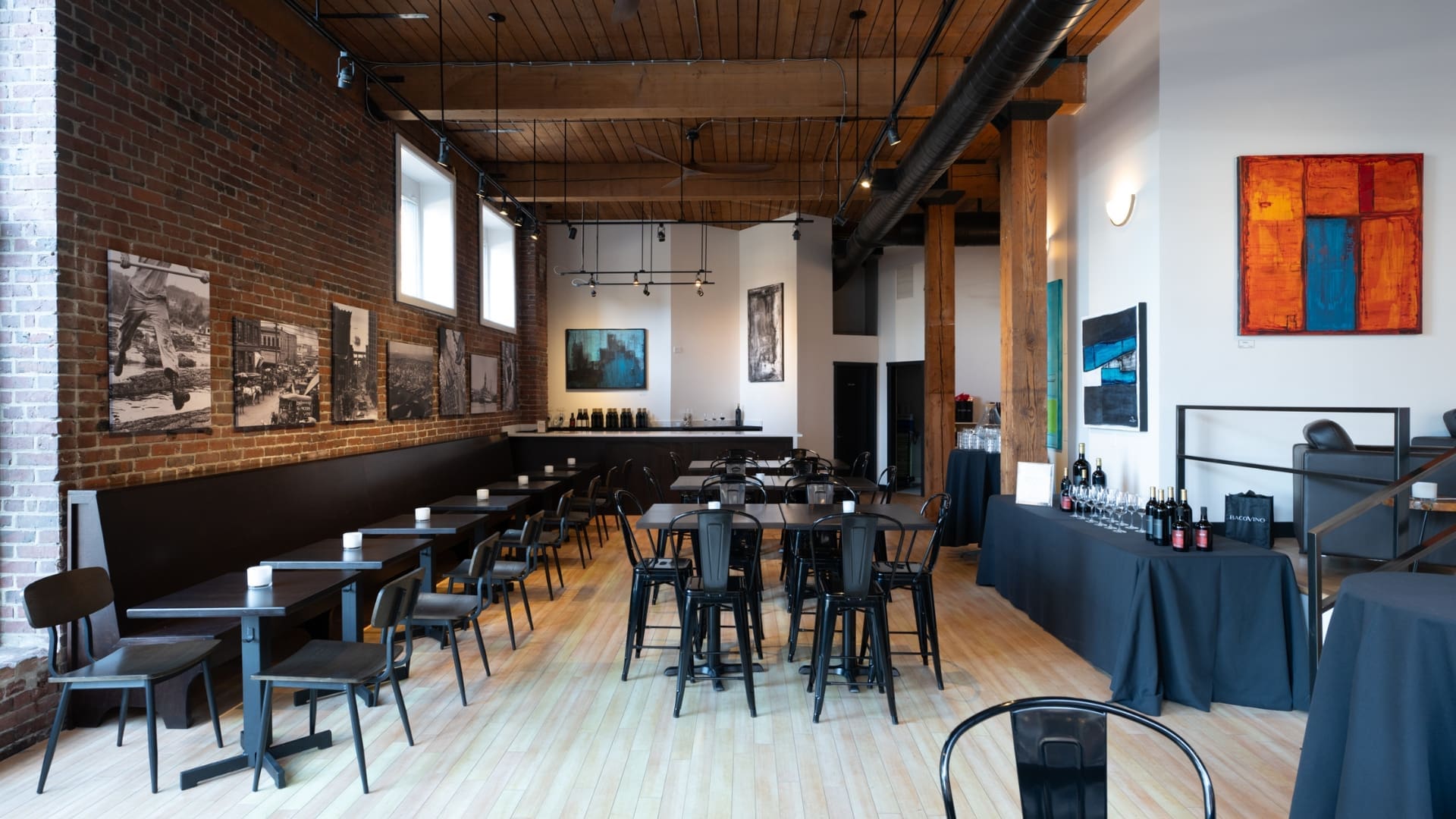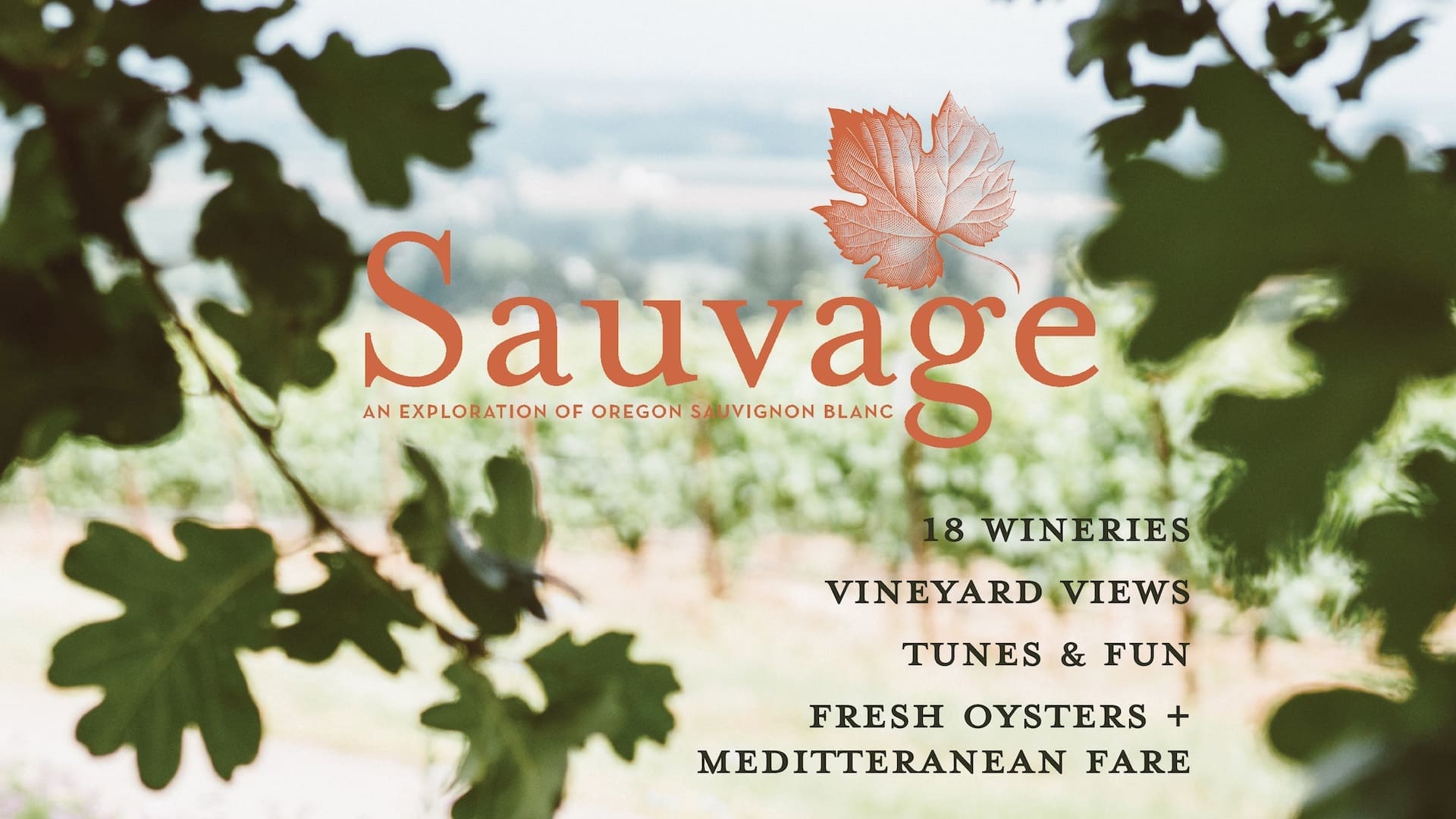For most of the United States, and the world, American wine is assumed to be California wine. You might see a bit of Oregon wine here and there, and on the East Coast wines from New York and Virginia get a bit of play, but by and large California wine is American wine. That is, except once you cross Siskiyou Summit at the California-Oregon border. It’s striking to see how little Northwest wine you can find across the country, but even more striking is how little California wine you’ll find in the Northwest.
There’s no doubt that regional pride plays a part in this. We Northwesterners have always been suspicious of interlopers from the south, whether they be relocating or just trying to sell us their wine. Yet we gladly welcome produce and other imports; even California beer is easier to find. Certainly, there’s some California wine to be found in Seattle or Portland, but when compared to other cities nationwide, the difference is striking, especially when you step outside grocery stores and BevMo, and look at restaurant wine lists and smaller shops.
The simplest explanation is that while most of the rest of the country doesn’t make wine (in significant quantities, at least), the Northwest makes quite a bit of it. More importantly, we make wines across a wide range of styles and price points, wines that can compete directly with most of California’s offerings. Yet you could make a similar argument about wines from all over the world, and those have still found a ready home in most Northwest restaurants and shops.
It’s even more complicated when you consider that in many ways, California has served as the stylistic and marketing model for the Northwest, informing choices about varietal, winemaking techniques, and even labelling conventions. There’s also the fact that while the Northwest wine industry was in its infancy, our markets were dominated by California wine. The shift away has been relatively sharp, and sudden.
Frankly, it’s that closely shared lineage that drove us away from California wine; there’s simply not enough to distinguish most California wine from Northwest wine, and when in doubt, most drinkers (and buyers) have defaulted to something more local. While most of the nation might view Northwest wine as a curiosity at best, it’s often the starting and ending point for local drinkers.
I think this is a bit of a shame. I’m all for supporting the local industry, but there’s also no doubt that California makes some exceptional wine. It would be hard for it not to, given the sheer amount of land under vine, and while many of the most famous wines might be overly ripe and overly oaked for my tastes, I’m often impressed at the complexity, nuance, and ingenuity of wines I try, especially from the more far-flung appellations in the Golden State.
That said, rooting for California wines to succeed seems a bit silly. Thanks to their head start and clever marketing, they’ve come to dominate the discussion when American wine is mentioned, and while that might mean something everywhere else in the world, here in the Northwest it’s falling on deaf ears.












